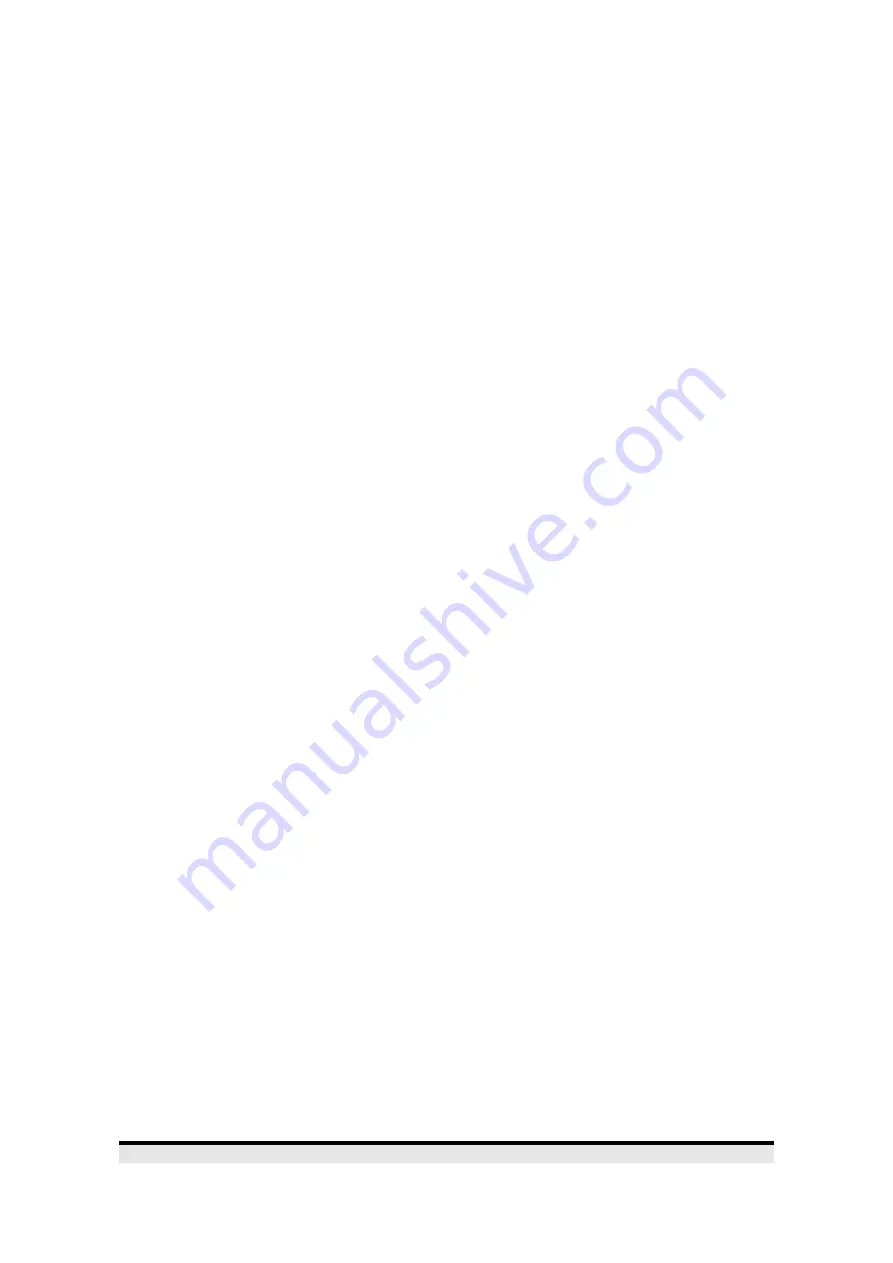
12
TOSHIBA XM-6201 CD-ROM Drive
❑
There are no user serviceable parts in your CD-ROM drive
❑
Install your CD-ROM drive on a flat and stable surface where it will not
experience vibration.
The Controls
Your CD-ROM drive has the following controls and features:
❑
Disk tray
❑
EJECT button
❑
Emergency Eject
❑
BUSY light
❑
Headphones socket
❑
Volume control
The BUSY Light
When you put a disk into your CD-ROM drive, the busy light flashes slowly as it
attempts to locate a disk. It then indicates one of the following conditions:
During data transfer the BUSY light remains on.
The EJECT Button
The eject button is used to open the disk tray so you can put in or take out a disk.
Make sure the Eject Inhibit jumper (jumper 6) is set to OFF. If this jumper is set to ON
the EJECT button will not operate. The drive then expects all control, including the
ability to eject the disk, to come from the computer.
Emergency Eject
If the power supply to the drive fails, you can still remove the disk from the drive. Next
to the eject button on the front of the drive is a small opening. Insert a pointed instrument
(a straightened paper clip is ideal) into the opening and the disk tray will open.
The Headphones Socket
The headphones socket is used to connect headphones to your CD-ROM drive.
However, it can also be used to connect the CD-ROM drive to other equipment. For
example, you could connect the drive to an audio amplifier or a cassette recorder.
The VOLUME Control
The volume control is used to control the level of the audio signal from the headphones
socket. The volume control does not affect the level of the signal sent to the audio output
on the back of the drives.
1.
The BUSY light goes out. The CD-ROM drive is ready to read data from the
disk.
2.
The BUSY light flashes slowly. The disk may be dirty.




































